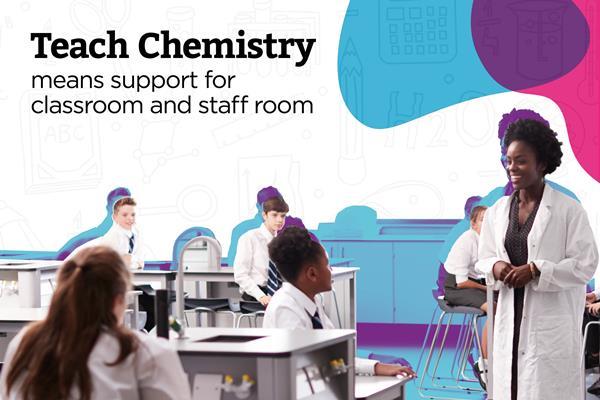3 ways to improve your explanations

From examples and non-examples to definitions, tips to communicate new ideas and concepts effectively
Teacher training doesn’t often include much education or CPD on the pedagogy of explanations. For too long, explanations have been underdiscussed. Yet clear explanations are one of the fundamentals of effective teaching.
In this article, chemistry teacher and cogscisci exponent Adam Boxer shares three tips for effectively communicating explanations.
Thanks for using Education in Chemistry. You can view one Education in Chemistry article per month as a visitor.

Register for Teach Chemistry for free, unlimited access
Registration is open to all teachers and technicians at secondary schools, colleges and teacher training institutions in the UK and Ireland.
Get all this, plus much more:
- unlimited access to resources, core practical videos and Education in Chemistry articles
- teacher well-being toolkit, personal development resources and online assessments
- applications for funding to support your lessons
Already a Teach Chemistry member? Sign in now.
Not eligible for Teach Chemistry? Sign up for a personal account instead, or you can also access all our resources with Royal Society of Chemistry membership.



